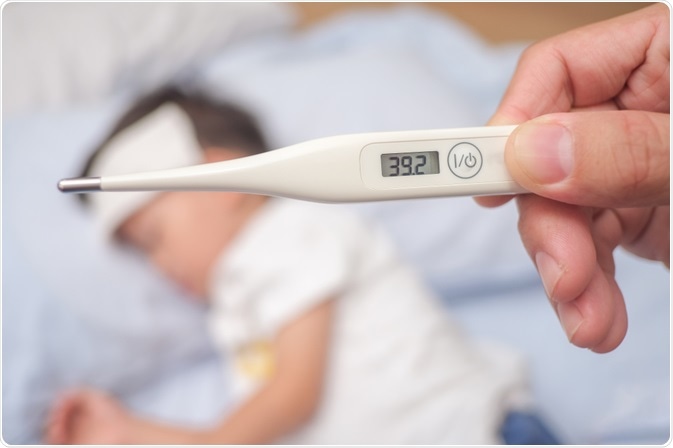

The CDC recommends that people with COVID-19 or any respiratory illness monitor their symptoms carefully. In some people, the virus can also cause severe disease indirectly by triggering a "cytokine storm" or an overreaction of the immune system that can cause severe damage in the body, according to Harvard. This leads to intense shortness of breath and painful coughing.

In more serious cases of COVID-19, patients can experience pneumonia, which means their lungs begin to fill with pockets of pus or fluid. "Let your doctor know if your symptoms quickly worsen over a short period of time," the Harvard website notes. How COVID-19 symptoms progressĪ person with COVID-19 may have mild symptoms for about a week before rapidly worsening, according to Harvard Medical School. In addition to the loss of smell and taste, the virus can cause muscle weakness, tingling or numbness in the hands and feet, dizziness, confusion, delirium, seizures and stroke, according to Harvard Medical School (opens in new tab). 5, 2021 in the British Journal of Dermatology (opens in new tab), hinted that COVID toes might be partially driven by proteins called type 1 interferons, which switch on pathogen-fighting genes in immune cells, and autoantibodies, which inadvertently attack the body's own tissues, Live Science previously reported.ĬOVID-19 can also cause neurological symptoms. That said, a more recent study, published Oct. Several studies found that COVID toes occurred even in cases where patients tested negative for SARS-CoV-2 (opens in new tab), raising questions about the underlying cause of the condition.

This will also keep you from catching and spreading colds and the flu.It's not clear whether these rashes are directly caused by the novel coronavirus, SARS-CoV-2, or related to other factors, such as a charged-up immune system in those infected with the virus, or lifestyle factors associated with the stay-at-home orders that were in place around the time the first cases of COVID toes were reported. That's why it's "really important" to practice good hygiene, the Ministry of Health says, by regularly washing and drying hands, and also coughing and sneezing into tissues or your elbow.

These drops are too large to stay in the air for long amounts of time, so they settle on surrounding surfaces. This means when an infected person coughs, sneezes or talks, they may generate droplets with the virus. Similar to the flu, COVID-19 spreads from person to person through droplets. If you do happen to contract COVID-19, Popular Science says you should be less concerned about serious symptoms and more worried that you're transmitting the disease to more people. This includes elderly people or those with existing respiratory or immune problems, according to The Guardian. Serious symptoms are unlikely to emerge unless you're a more vulnerable member of the population. Everyday respiratory viruses spread easily." "In general, all of us should make an effort to stay home and rest while ill. "Although the focus right now is on COVID-19, seasonal flu remains much more common," medicine professor at the University of Michigan Preeti Malani told Popular Science. The Ministry of Health urges anyone who believes they are symptomatic to call Healthline's dedicated COVID-19 helpline on 08.īut the Popular Science website says if you're showing symptoms but aren't feeling horribly ill, there's a good chance it's either a cold or the flu. What to do if you think you have COVID-19 symptoms The worst symptoms usually last about five days, but coughing can last up to two-three weeks. The Ministry of Health says it may take between one and four days for flu signs to show. The flu has similar symptoms to COVID-19, but there are also some extra signs to look out for. The Ministry stresses that having any of these symptoms doesn't necessarily mean you have COVID-19. Symptoms typically show between two and 10 days after someone has been infected. The Ministry of Health says difficulty breathing is also a sign of possible pneumonia and "requires immediate medical attention". The World Health Organisation (WHO) says coronaviruses are a large family of viruses that range from the common cold to more severe diseases, including Middle East Respiratory Syndrome (MERS-CoV) and Severe Acute Respiratory Syndrome (SARS-CoV).Ĭommon signs of COVID-19 infection include:


 0 kommentar(er)
0 kommentar(er)
